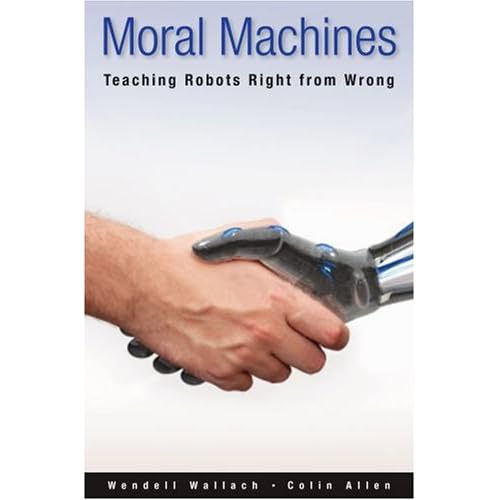
The NYTimes included a story today on the art of Martin Ramirez, a Mexican artist who reportedly was diagnosed with schizophrenia. His self taught technique and style brought fame and appreciation. The piece centers, though, upon the argument of whether he was, in fact, mentally ill. "This weekend, the [
American Folk Art Museum] is presenting a panel discussion in which historians and sociologists will explore Ramírez’s life and work, including the circumstances of his diagnosis and whether his work really reflects a mental illness."
This article brings to light an interesting obstacle facing many students with mental diagnoses: is it talent or just the diagnosis?
I teach several students whose special interests manifest in repeatedly drawing a character or image, to the extent that the word "obsessed" is thrown around lightly. One particular student draws KITT from the NBC show Knight Rider with extreme precision. His achievements are known campus-wide, with many complimenting him on his drawing skills. In the art room, however, he struggles on a consistent basis, mainly because there have been few lessons which specifically call for technical drawings of television automobiles. The issue here is most likely psychological, as his inflexibility and the resulting fragile self-confidence freeze his creativity.
On the other hand, I have a different student who enjoys building monsters from paper. He staples them together and tapes them in ragged compositions, which, to most viewers, look terribly messy and haphazard, but to the trained eye, they are some of the most beautiful expressions of form and character I could ever expect from a student.
Both students come from similar origins in their artmaking. They both have specified special interests and both are very concerned about peers' perceptions of them. The difference in these two students appears in people's reception to their work. How many people do you think have told me how talented the first student is compared to the second? The scale is tipped wholly toward the first student, who's drawings resemble what typical viewers expect from fine art: precise detail and realism. In fact, I've received mainly complaints about the second student's work, saying it's too gruesome or bulky or obstuctive.
This is clearly a case where the diagnoses of these students have helped these students, with near-obsessive attention to details and shape and form. However, it's the flexibility in thinking which leads to the more successful work of the second student.
So, I would argue that it is not the diagnosis which makes the artist, but what the artist does with the diagnosis that determines their success.










